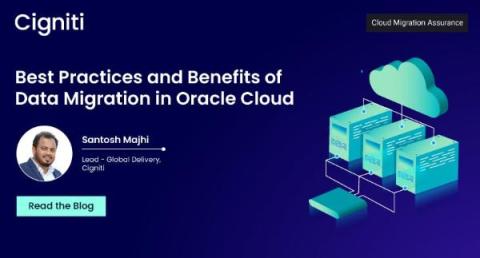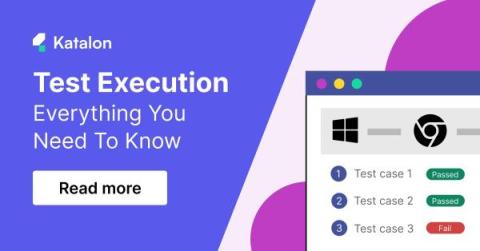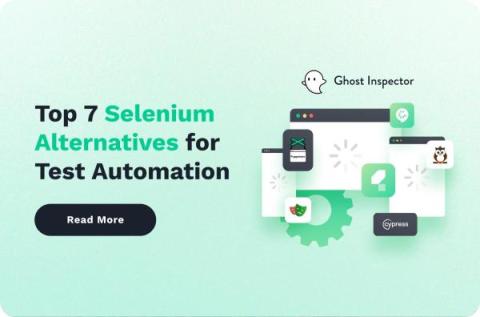Best Practices and Benefits of Data Migration in Oracle Cloud
Data migration refers to the process of moving data from one location to another. In the context of Oracle Cloud, data is transferred from on-premises systems or other cloud platforms to Oracle’s cloud infrastructure. Whether you’re migrating databases, applications, or entire systems, a complete approach is critical to a successful migration.











